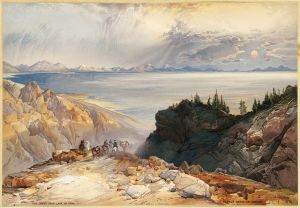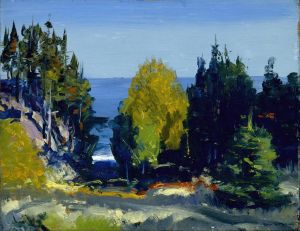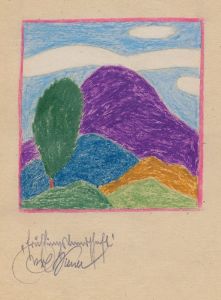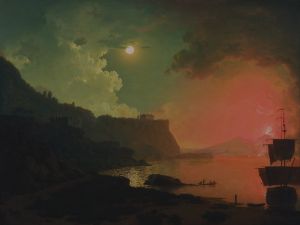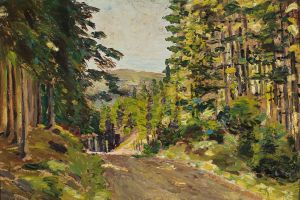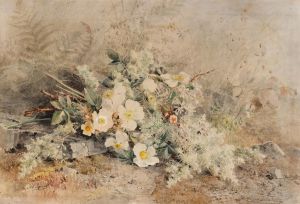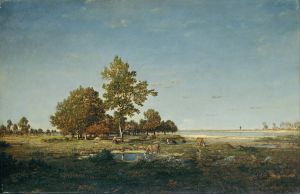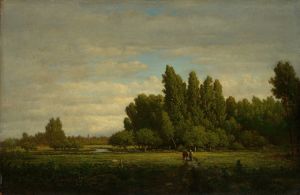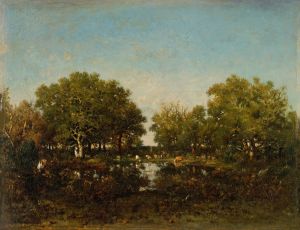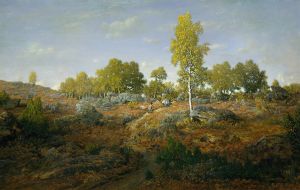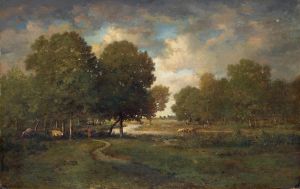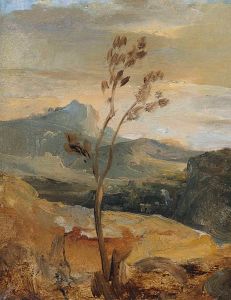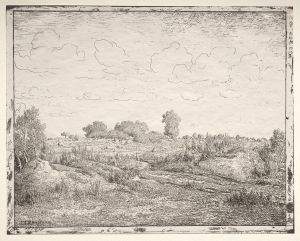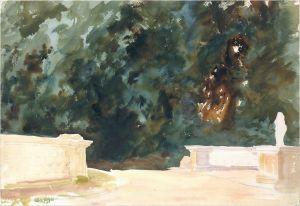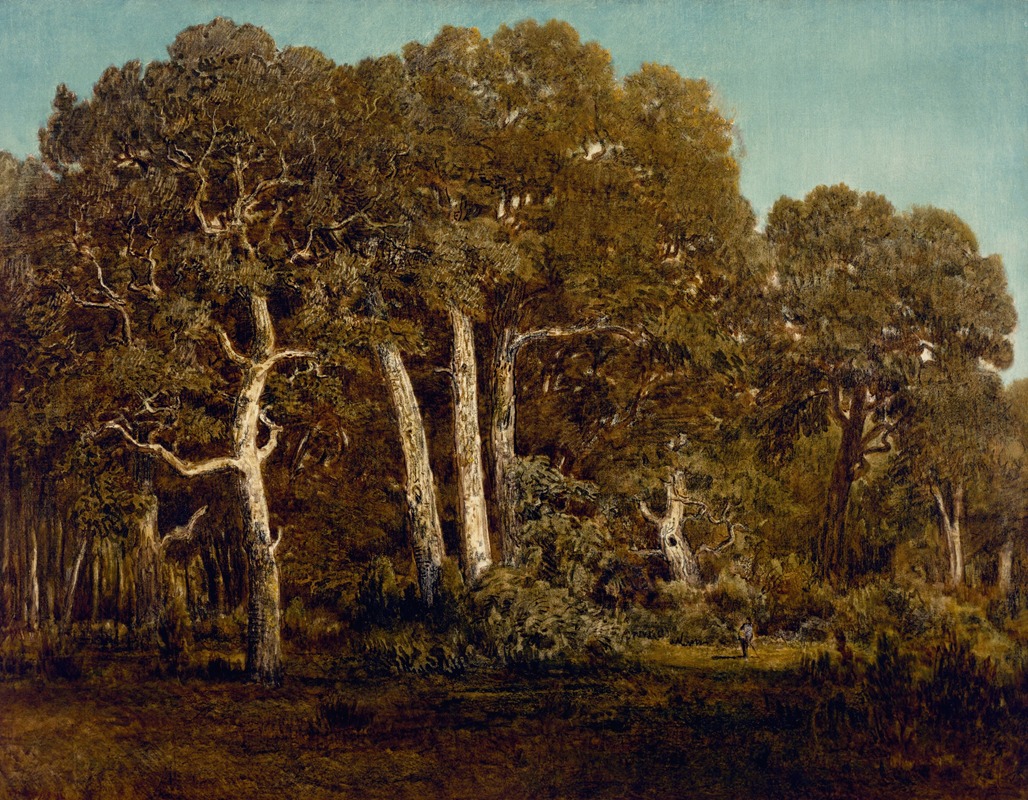
The Great Oaks of Old Bas-Bréau
A hand-painted replica of Théodore Rousseau’s masterpiece The Great Oaks of Old Bas-Bréau, meticulously crafted by professional artists to capture the true essence of the original. Each piece is created with museum-quality canvas and rare mineral pigments, carefully painted by experienced artists with delicate brushstrokes and rich, layered colors to perfectly recreate the texture of the original artwork. Unlike machine-printed reproductions, this hand-painted version brings the painting to life, infused with the artist’s emotions and skill in every stroke. Whether for personal collection or home decoration, it instantly elevates the artistic atmosphere of any space.
Théodore Rousseau's painting "The Great Oaks of Old Bas-Bréau" is a notable work from the 19th-century French landscape artist, who was a prominent figure in the Barbizon School. This artistic movement was named after the village of Barbizon near the Forest of Fontainebleau, where Rousseau and other artists gathered to paint directly from nature, a practice that was revolutionary at the time.
Rousseau, born in Paris in 1812, was deeply influenced by the natural landscapes of France. His dedication to capturing the essence of the natural world is evident in "The Great Oaks of Old Bas-Bréau." This painting exemplifies his meticulous attention to detail and his ability to convey the grandeur and tranquility of the forest environment. The Barbizon School, with Rousseau as one of its leaders, was instrumental in moving away from the idealized landscapes of earlier periods, focusing instead on realistic depictions of nature.
"The Great Oaks of Old Bas-Bréau" showcases Rousseau's skill in portraying the majestic oaks of the Bas-Bréau area within the Forest of Fontainebleau. This forest was a significant source of inspiration for Rousseau and his contemporaries, providing a rich tapestry of light, shadow, and natural forms. The painting is characterized by its rich, earthy palette and the intricate play of light filtering through the dense canopy of leaves, which highlights Rousseau's mastery in rendering the subtleties of natural light.
Rousseau's work was not immediately accepted by the art establishment of his time. He faced numerous rejections from the Paris Salon, the official art exhibition of the Académie des Beaux-Arts in Paris, which was the most prestigious venue for artists in France. Despite these setbacks, Rousseau continued to pursue his vision, and his persistence eventually paid off. By the mid-19th century, his work began to gain recognition, and he became an influential figure in the development of landscape painting.
The Barbizon School, and Rousseau's work in particular, laid the groundwork for the Impressionist movement that followed. The emphasis on painting en plein air, or outdoors, and capturing the fleeting effects of light and atmosphere were techniques that would be further developed by artists like Claude Monet and Camille Pissarro.
"The Great Oaks of Old Bas-Bréau" is a testament to Rousseau's dedication to capturing the beauty and majesty of the natural world. His work continues to be celebrated for its contribution to the evolution of landscape painting and its influence on subsequent generations of artists. Today, Rousseau's paintings are held in high regard and can be found in major museums and collections around the world, where they continue to inspire and captivate audiences with their serene and powerful depictions of nature.





